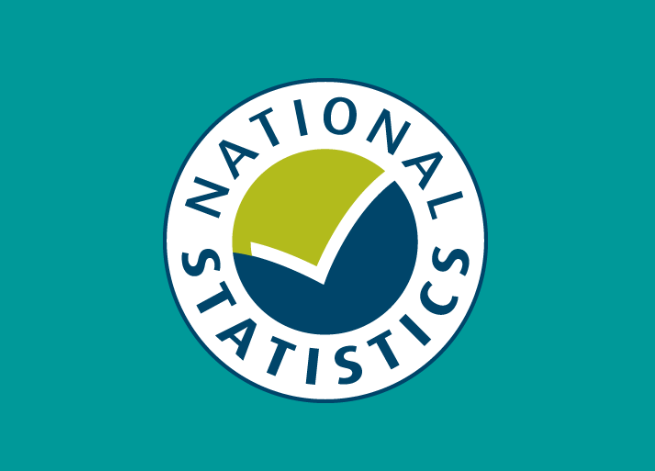
16:20 PM, 16th June 2021, About 3 years ago 1
Text Size
The latest house price data published on GOV.UK by HM Land Registry for April 2021 show that average house prices in the UK increased by 8.9% in the year to April 2021, down from 9.9% in the year to March 2021.
Because of the impact of the coronavirus (COVID-19) pandemic on both the number and supply of housing transactions, the results might see larger revisions to the published House Price Index (HPI) estimates than usual. Fewer transactions are available than expected for the April 2021 estimate. As a result, there may be increased volatility in this month’s estimates, particularly at the lower geographical levels where transaction volumes are smaller.
The latter half of 2020 saw the UK’s average house price growth accelerating. This trend continued into the beginning of 2021 but has slowed to 8.9% in April 2021.
On 8 July 2020, the Chancellor of the Exchequer announced a suspension of the tax paid on property purchases with immediate effect in England and Northern Ireland. The suspension came into effect slightly later, on 15 July in Scotland and 27 July in Wales. In England and Northern Ireland, properties up to the value of £500,000 would incur no tax, while the thresholds for Scotland and Wales were £250,000. These changes in the tax paid on housing transactions may have allowed sellers to request higher prices as buyers’ overall costs are reduced.
As the tax breaks were originally due to conclude at the end of March 2021, it is likely that this inflated March’s average house prices as buyers rushed to ensure their house purchases were scheduled to complete ahead of this deadline. The monthly property transactions statistics published by HM Revenue and Customs (HMRC) show that the seasonally adjusted number of transactions in March 2021 were estimated to be 183,170, the highest on record, but in April 2021 they fell to 117,860 – a fall of 36%.
On 3 March 2021, the Chancellor of the Exchequer announced an extension to the Stamp Duty holiday in England and Northern Ireland until 30 June 2021, after which, the threshold will decrease to £250,000 until 30 September 2021. From 1 October 2021, the Stamp Duty thresholds will revert to what they were before 8 July 2020. The tax holiday for Scotland ended on 31 March 2021. The tax holiday has been extended until 30 June 2021 in Wales.
The average UK house price was £251,000 in April 2021; this is £20,000 higher than in April 2020 (Figure 2).
On a non-seasonally adjusted basis, average house prices in the UK decreased by 1.9% between March and April 2021, compared with a decrease of 1.0% in the same period a year ago.
On a seasonally adjusted basis, average house prices in the UK decreased by 2.2% between March and April 2021 following an increase of 2.0% in the previous month.
The average house price in Wales increased by 15.6% over the year to April 2021, up from an increase of 10.2% in March 2021; the average house price in Wales is now at a record level of £185,000. The acceleration in house price growth in Wales is a base effect; between March and April 2020 average house prices decreased by £7,000, while between March and April 2021 average house prices increased by £1,000.
The average house price in England increased by 8.9% over the year to April 2021, down from 9.8% in the year to March 2021; the average house price in England is £268,000.
The average house price in Scotland increased by 6.3% over the year to April 2021, down from an increase of 11.7% in the year to March 2021; the average house price in Scotland is £161,000. The slowdown in house price growth in Scotland may have been driven by the end of the Land and Buildings Transaction Tax holiday on 31 March 2021.
The average house price in Northern Ireland increased by 6.0% over the year to Quarter 1 (Jan to Mar) 2021. Northern Ireland remains the cheapest UK country to purchase a property in, with the average house price at £149,000
Previous Article
Can a council behave in this way?
Neil Patterson
16:22 PM, 16th June 2021, About 3 years ago
Andy Sommerville, Director at Search Acumen, said: “This latest data indicates the new build premium shows no signs of abating.
“This is despite the monthly drop off, which is likely due to an inflation of March’s growth as people rushed to meet the first anticipated Stamp Duty deadline. Demand in April continued to outstrip the availability of housing stock, contributing to one of the biggest gaps seen in years between the price of new builds and existing properties.
“Our national housing supply squeeze looks set to continue for the foreseeable future, pushing up prices further still. The beneficiaries on the building side are the developers of homes with access to gardens, given that working from home and more flexible working practices are likely to continue in the coming months, driving people to move into bigger homes with access to green space.
“The Stamp Duty stampede is piling pressure onto property professionals who are charged with helping new buyers access homes as quickly as possible. Too often, lawyers are seen as those slowing down the moving process, but many are handicapped by legacy practices that weren’t designed for current volumes of demand or with modern consumer needs in mind. Data can provide an antidote to smooth transaction processes, so lawyers can better advise prospective buyers on the risks involved in their purchase at an earlier stage and clear the path towards completion.”